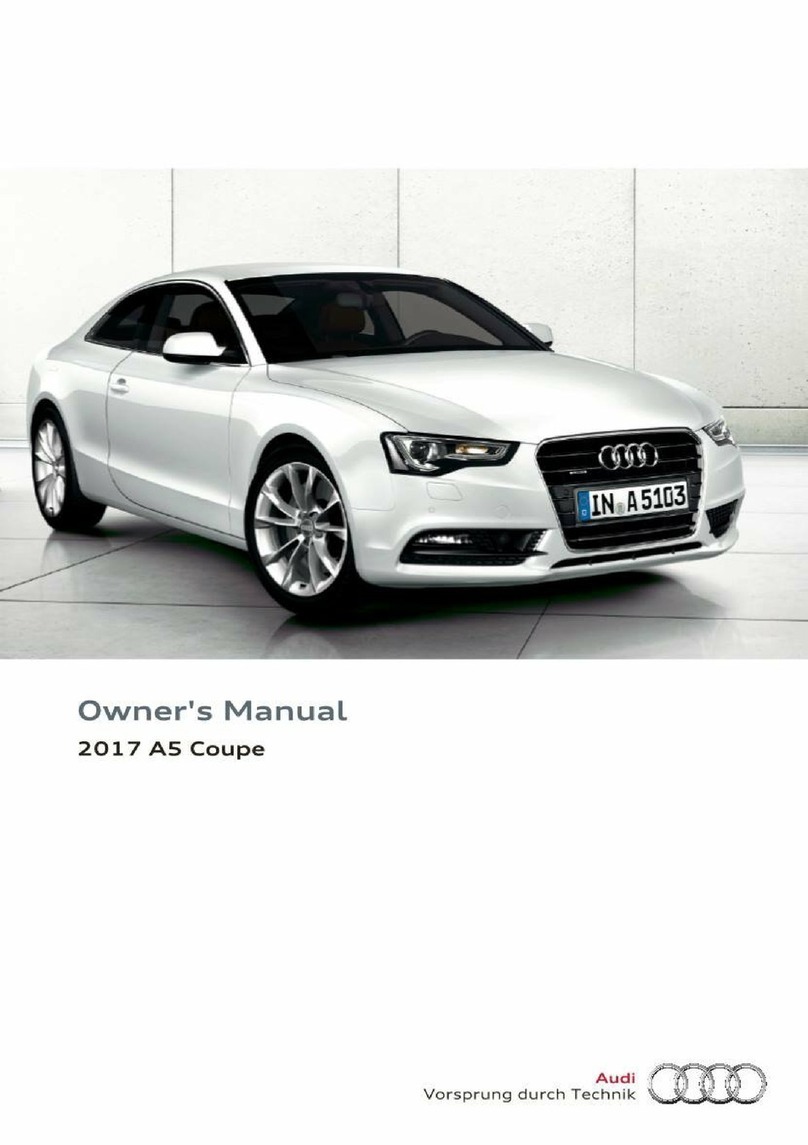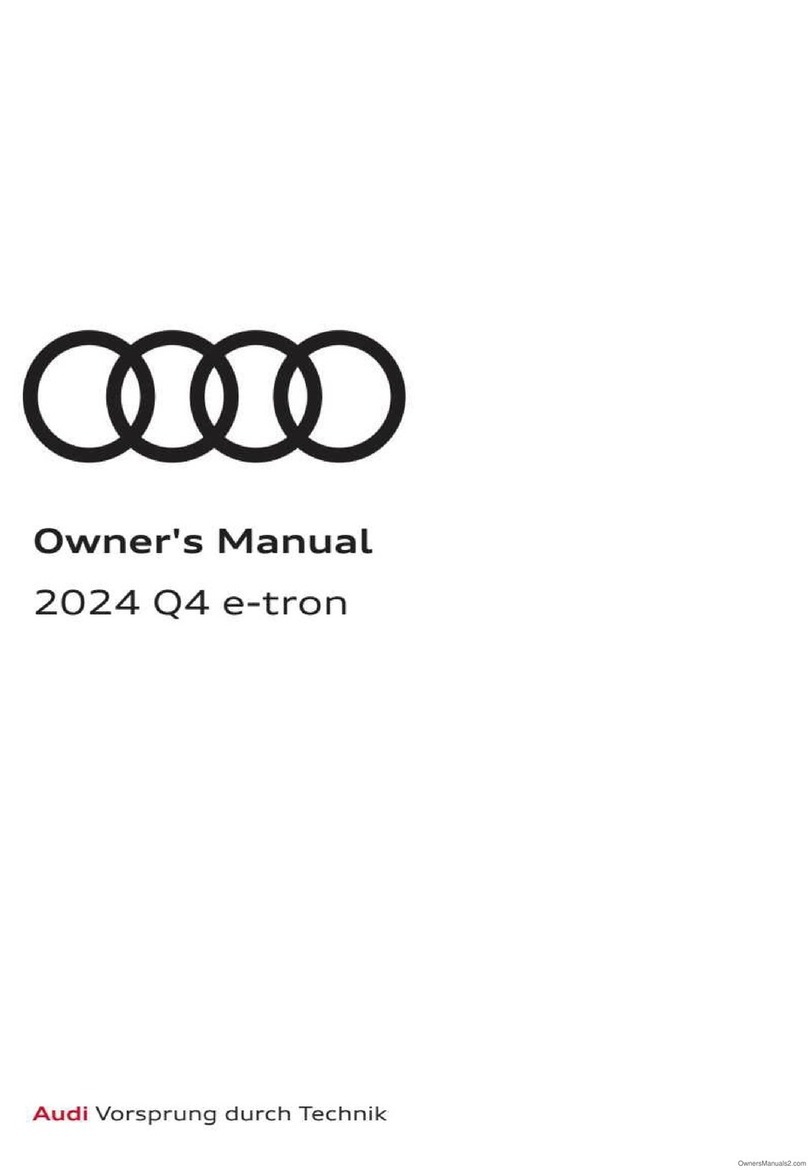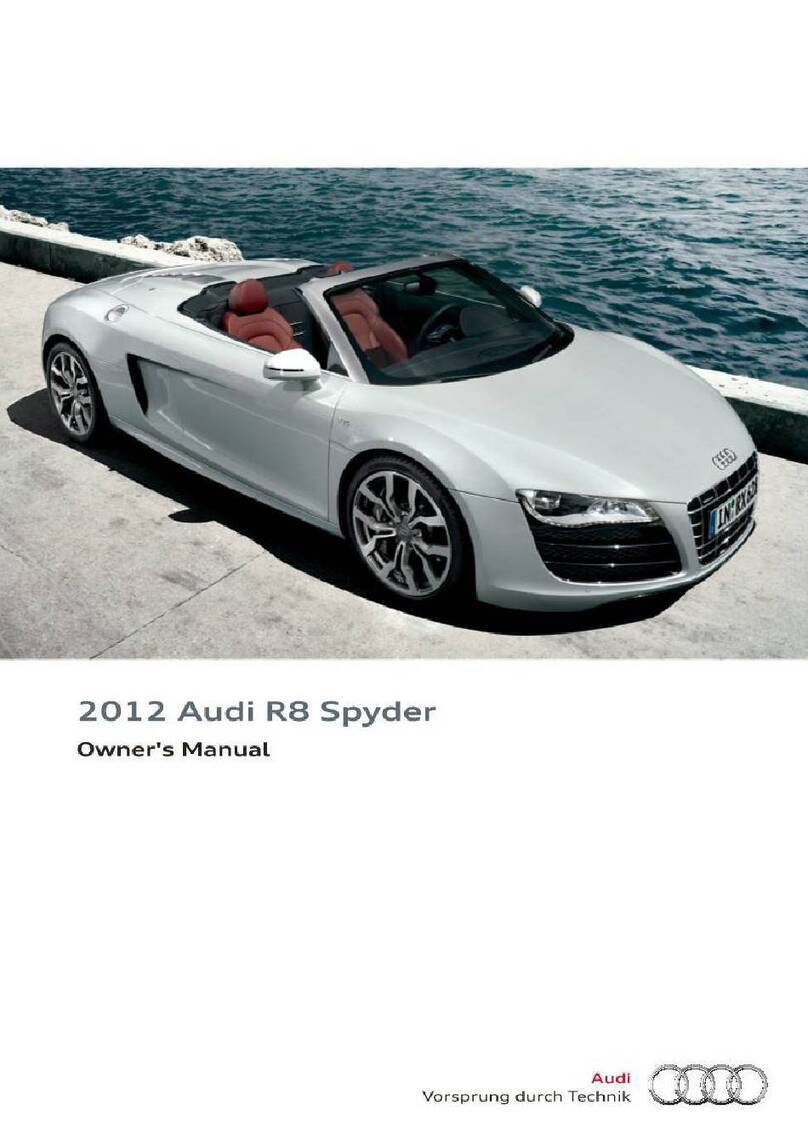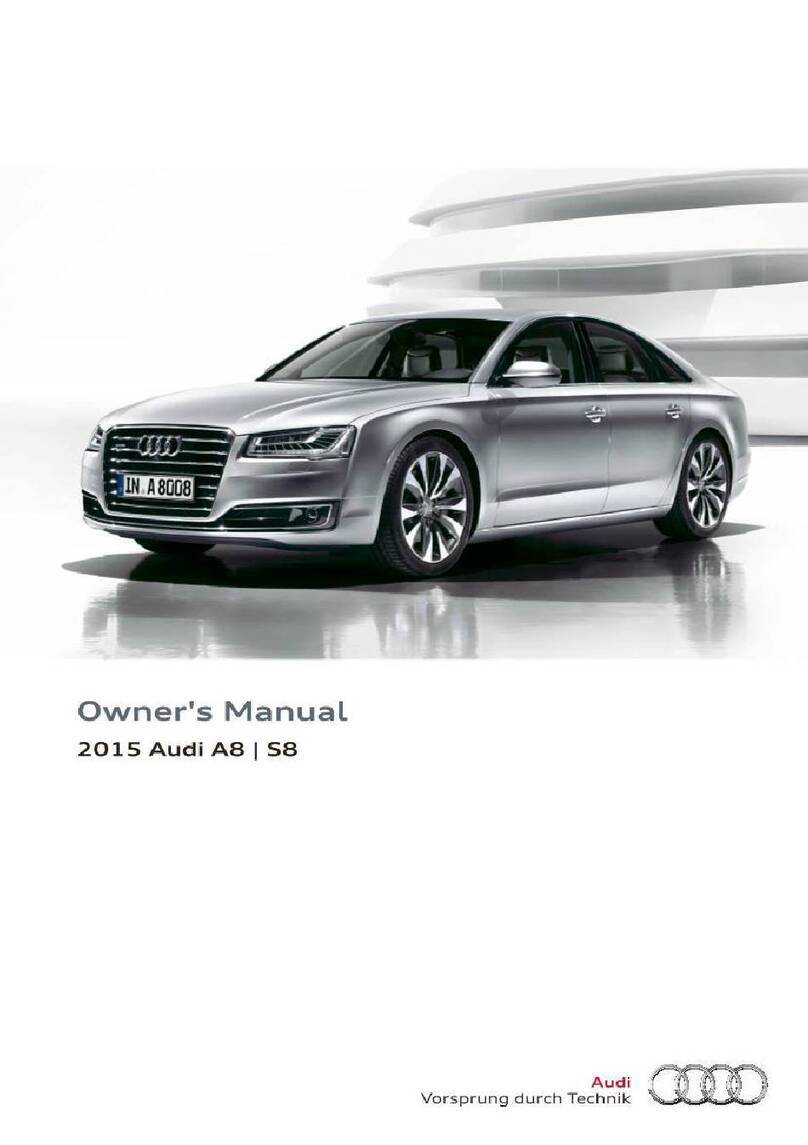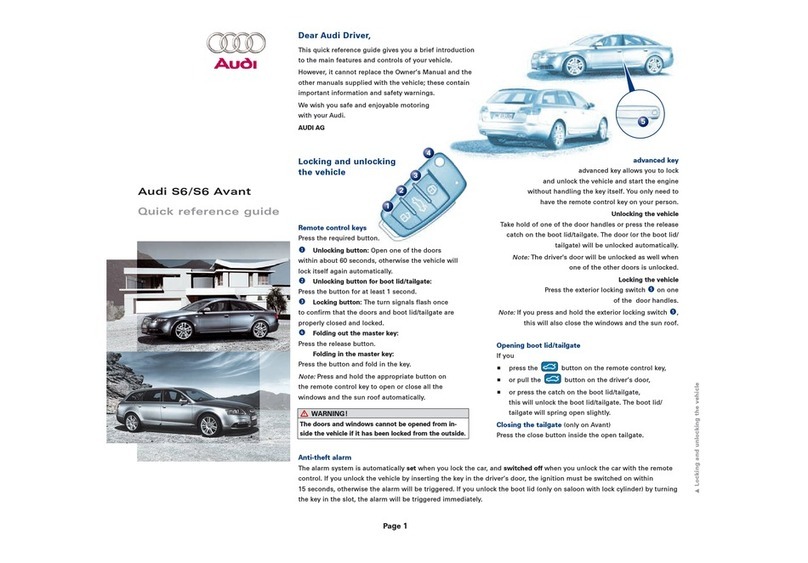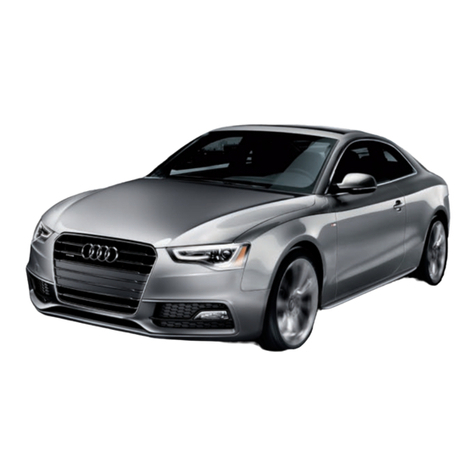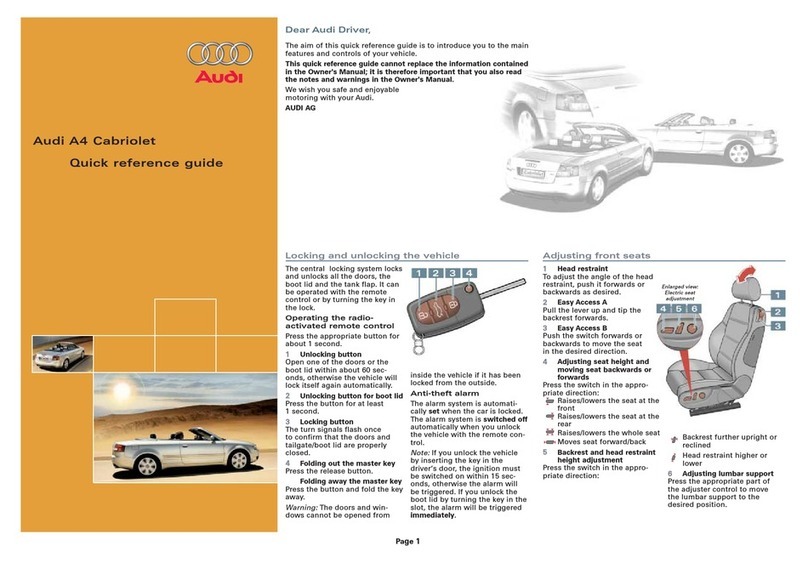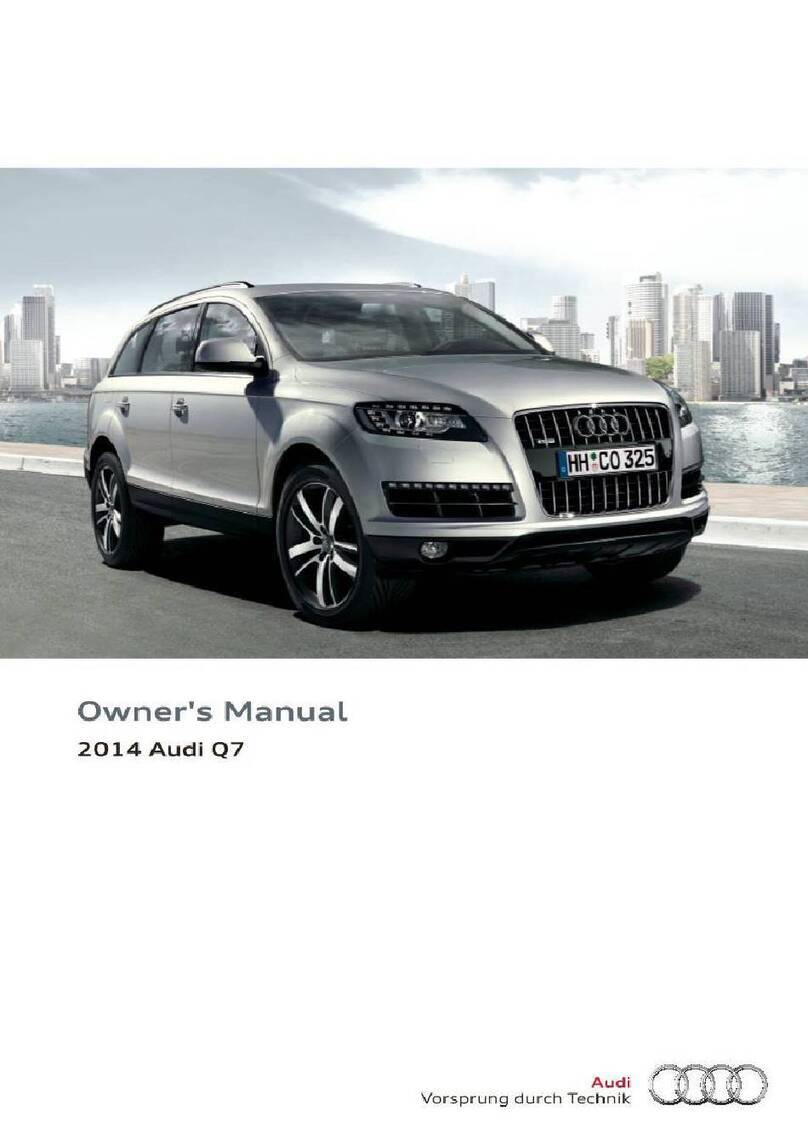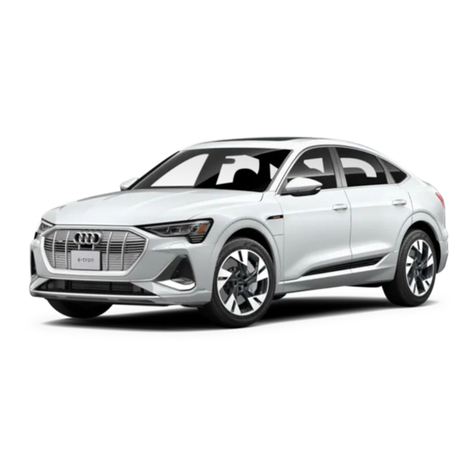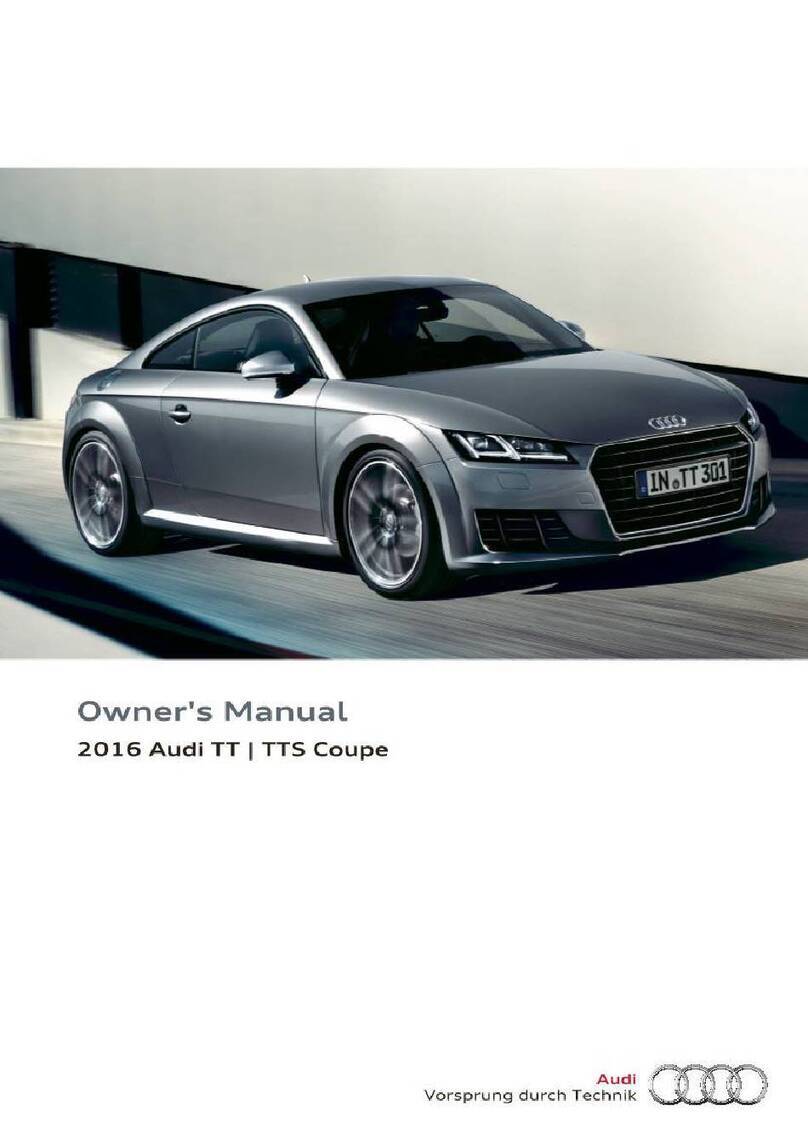
3
Introduction
Vehicle distinguishing features ____________________________________________________________________________________________________________________________ 4
Dimensions __________________________________________________________________________________________________________________________________________________ 6
Passive safety
Overview _____________________________________________________________________________________________________________________________________________________ 8
Components _________________________________________________________________________________________________________________________________________________ 8
System overview ___________________________________________________________________________________________________________________________________________10
Airbag control unit J234 ___________________________________________________________________________________________________________________________________12
Internal combustion engines
3.0l V6 TDI engine Gen.2 evo (EA897) ___________________________________________________________________________________________________________________14
Third-generation 2.0l R4 TFSI engine (EA888) _________________________________________________________________________________________________________16
Technical features __________________________________________________________________________________________________________________________________________18
Power transmission
Overview ____________________________________________________________________________________________________________________________________________________24
Selector mechanism _______________________________________________________________________________________________________________________________________26
Emergency release, parking lock _________________________________________________________________________________________________________________________27
Plug-in hybrid drive ________________________________________________________________________________________________________________________________________ 28
Hybrid module (separation clutch actuator, sensors) __________________________________________________________________________________________________30
8-speed automatic gearbox 0D7 (cutaway view, ATF and MTF systems, ATF supply) _______________________________________________________________36
Gearbox schematic, gear set, shift elements ____________________________________________________________________________________________________________44
Shift matrix, operating modes, mechatronic module __________________________________________________________________________________________________46
ATF cooling _________________________________________________________________________________________________________________________________________________58
Function diagram, information and data exchange ____________________________________________________________________________________________________ 60
Functions influencing gearbox control (Audidriveselect, e-tronmodes) ____________________________________________________________________________61
Combinations of selector positions and e-tron modes within the Audi drive select modes ________________________________________________________63
Service _______________________________________________________________________________________________________________________________________________________64
Chassis
Overall concept _____________________________________________________________________________________________________________________________________________66
Brake system _______________________________________________________________________________________________________________________________________________68
Electro-mechanical brake servo __________________________________________________________________________________________________________________________69
Brake system pressure accumulator VX70 _______________________________________________________________________________________________________________71
Wheels and tyres ___________________________________________________________________________________________________________________________________________73
Air conditioning and cooling
Thermal management and heat pump __________________________________________________________________________________________________________________74
Coolant circuits _____________________________________________________________________________________________________________________________________________ 82
Operating states of the heat pump ______________________________________________________________________________________________________________________ 90
Air conditioning the vehicle interior ______________________________________________________________________________________________________________________ 93
System overview ___________________________________________________________________________________________________________________________________________94
Infotainment
Overview ____________________________________________________________________________________________________________________________________________________96
Service
Inspection and maintenance ______________________________________________________________________________________________________________________________ 97
Appendix
Self study programmes ____________________________________________________________________________________________________________________________________99
Reference
NoteThe self study programme teaches a basic understanding of the design and mode of operation of new models,
new automotive components or new technologies.
It is not a repair manual! Figures are given for explanatory purposes only and refer to the data valid at the
time of preparation of the SSP.
This content is not updated.
For further information about maintenance and repair work, always refer to the current technical literature.
Contents
ProCarManuals.com

